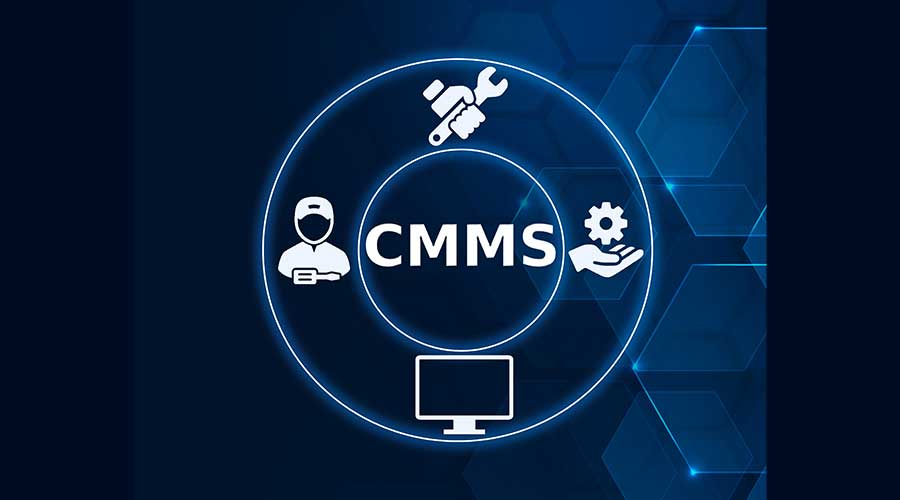CMMS: Three Categories of Mobile Maintenance
Maintenance and engineering technicians are on the move more than ever. To work productively, they need fast access to equipment and repair data. To provide this access, a growing number of maintenance and engineering managers are providing technicians with wireless technology for mobile maintenance.
Technology Check
Mobile computing offers a proven solution for efficiently populating a CMMS database. Rather than sending technicians out in the field with a clipboard, wireless mobile devices come equipped with work orders, detailed job plans, and asset histories. Mobile maintenance technology falls into three categories.
First, mobile devices are a primary component of the application. These devices include personal digital assistants (PDAs) — such as pocket personal computers (PC) and some cell phones — tablet PCs, and laptops. These devices help technicians carry more data than with paper-based systems, complete work orders more quickly and accurately, and send data to the database faster. For jobs requiring more computing power and larger screens, technicians can use tablet PCs or laptops. But they are heavier, have limited portability and battery life, and cost more.
Second, software applications enable managers to create electronic forms, which transform key data from CMMS applications into usable work orders and make it easier for technicians to view on mobile devices. The software integrates with an existing CMMS, so technicians can pull data directly from the database and update it remotely. Mobile software also manages the automatic synchronization of data between the devices and application database.
Third is data communication technology, which includes wireless access, Web-based technology, and bar-code and radio-frequency identification (RFID).
Wireless network access enables technicians with mobile devices to immediately exchange information with the CMMS. One option involves cellular network access, often called wide-area wireless. Managers can control cellular connection costs if users only connect occasionally and just long enough to exchange data. Another option is to use Wi-Fi, or hot spots. Throughout a plant or campus, technicians can use these access points to relay data wirelessly between mobile devices and the CMMS.
Web-based technology offers access to the CMMS from anywhere in the world, as long as the technician has a valid user identification and password.
Using bar code and RFID technologies can further enhance mobile technology. For example, instead of entering an equipment number into a handheld device, a technician scans it using a bar-code reader, saving time and increasing accuracy. RFID is an emerging technology. Inspection and security checks are examples of ways technicians can use RFID effectively. Cost can be a limiting factor, but as the cost drops, more RFID applications for CMMS will hit the market.
Related Topics:













